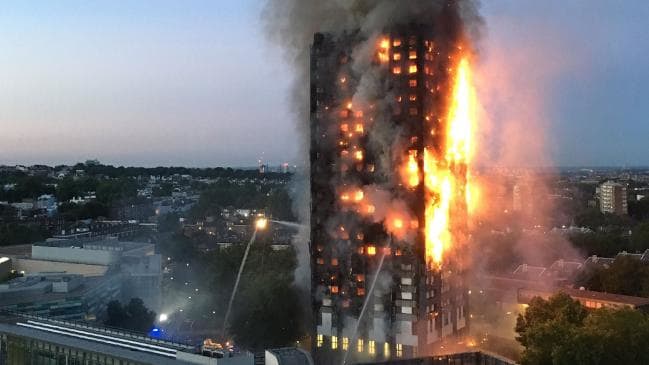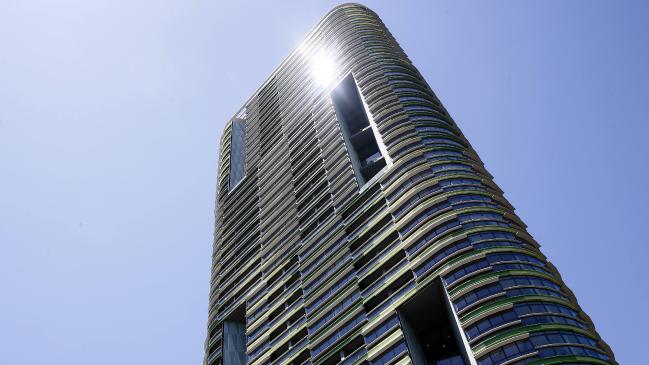It’s hard not to conclude the cracks at Sydney’s Opal Tower were bound to happen.
When they first appeared on Christmas Eve, the problems within the building and construction industry were already well known.
In fact almost a year before, a report looking at the industry had already identified concerning gaps in how properties were being constructed, particularly high-rises.
Commissioned by the Building Ministers’ Forum, a group consisting of federal, state and territory ministers, the Shergold and Weir report was released on 22 February 2018 and contained 24 recommendations.
Released in the wake of the 2017 Grenfell Tower fire in the UK that caused 72 deaths, and a similar fire at the Lacrosse building in Melbourne’s Docklands in November 2014, it was already clear there was a problem.
Worryingly, the report noted some of the problems identified in the UK review after the Grenfell fire were “strikingly similar” to those in the Australian building and construction industry.
The Shergold and Weir report Building Confidence was completed by Professor Peter Shergold, a former secretary of the Department of Prime Minister and Cabinet and now chancellor of Western Sydney University and lawyer Bronwyn Weir, a former member of Victoria’s Building Regulations Advisory Committee.
It found reports of “serious compliance failures in recently constructed buildings” including non-compliant cladding, water issues leading to mould, structurally unsound roof construction and problems with fire safety.
It also noted that until recently there had been almost no effective regulatory oversight of the commercial building industry by regulators.
“Those involved in high-rise construction have been left largely to their own devices,” the report stated.
“Where there has been supervision, this has generally been by private building surveyors (also known as certifiers) whom critics argue are not independent from builders and/or designers.”
The report suggested that compliance and enforcement systems were not good enough to stop problems from happening and they “need to change as a matter of priority”.
In the past 30 years there has been a significant increase in the construction of multi-storey buildings and numbers have almost tripled in less than a decade, according to the Australian Bureau of Statistics.
Yet laws to protect those who have bought these apartments have been slow to keep up.
Australia has a National Construction Code (NCC) that contains the technical requirements and standards for construction of buildings and plumbing work but this is implemented differently in each state.
It’s been suggested that large numbers of those working in the industry either lack competence, do not understand the code or have not had proper training on how to implement it, the report noted.
“We have heard that there is a high incidence of building products in the market that are not compliant with the standards set out in the NCC, resulting in inferior and sometimes dangerous products being used in the construction of buildings,” the report said.
“We have also been told about products being used in a non‑compliant manner which can result in unacceptable risks to safety.”
Queensland Housing Minister Mick de Brenni told news.com.au maintaining confidence in the building industry, which is worth $46 billion a year to the state, was paramount in the wake of concerns raised by the Opal development.
He said while questions have been raised about the builder and certifier in the Opal case, the whole system needed attention.
“The building and construction industry in Australia has seen decades of deregulation, largely in the pursuit of productivity.
“That has created a race to the bottom and as a result, confidence in the building integrity system has been undermined.”


